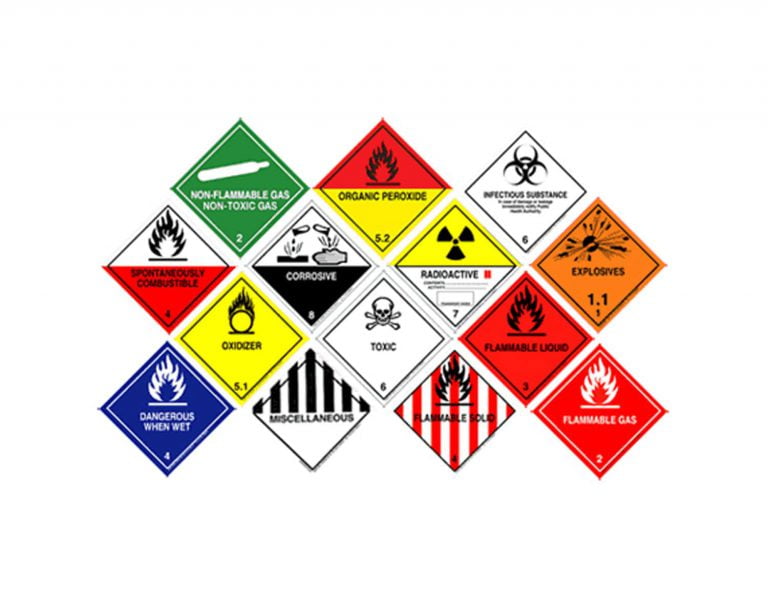

This regulation shall be achieved principally by rulemaking and oversight. Regulation shall be carried out on all safety-related aspects of the systems under the control of the Service Provider. Regulatory intervention shall be kept to the minimum practical level consistent with effective safety regulation.The relationship between regulator and service provider should be that of a partnership set up to achieve a common safety goal.Safety regulation shall allow for alternative means of compliance with safety regulatory requirements where equivalent safety assurance is provided.Safety regulatory requirements shall be neither unduly prescriptive nor prevent innovation.ANSD shall set and oversee regulatory requirements in the interests of the safety of ANS.Safety regulation shall be organisationally separate from the planning, implementation and provision of ANS. An ANS regulatory function, independent of the service provider, shall monitor safety standards.Safety regulation is founded on a number of concepts that may be summarised as follows: The objective of Safety Regulation in ANS is to improve safety levels by ensuring that the numbers of ANS induced accidents, and of serious or risk-bearing incidents, do not increase and where possible decrease. To promote continuous safety improvement.To ensure that high safety standards are set and achieved in the provision of Air Navigation Services.It is the policy of the Air Navigation Services Division: The Safety Regulation Division of the IAA has been nominated as the National Supervisory Authority for Ireland. The EC Regulation 549 /2004 ‘The Framework Regulation (Article 4) mandates that each State establish a National Supervisory Authority (NSA) with responsibilities for the supervision of Air Navigation Service Providers (ANSPs).

This function is carried out by the Air Navigation Services Division (ANSD) of the Irish Aviation Authority's Safety Regulation Division in the interest of public safety.

In Ireland the responsibility for the safety of Air Navigation Services (ANS) is addressed mainly in terms of two prime safety functions: The operation of safety-related air traffic industries within, or on behalf of, States must be on the basis of achieving levels of safety which are both publicly and politically acceptable and this has to be demonstrated to all parties. Every state has complete and exclusive sovereignty over airspace above its territory.Įach state signatory of the Chicago Convention is responsible for ensuring safety and undertakes to keep its own safety regulations, its air navigation equipment and operations compliant with those established by the International Civil Aviation Organisation (ICAO) under the Chicago Convention. Under international treaties, such as the Chicago Convention, the safety regulation of civil aviation is a national responsibility.


 0 kommentar(er)
0 kommentar(er)
